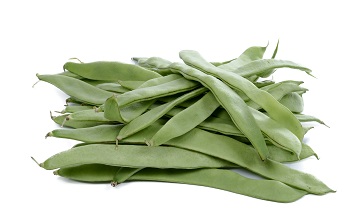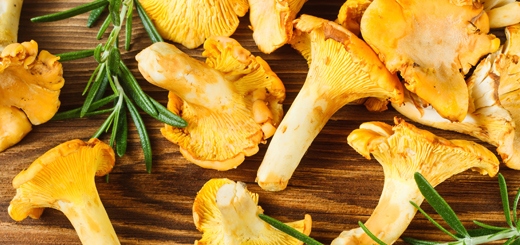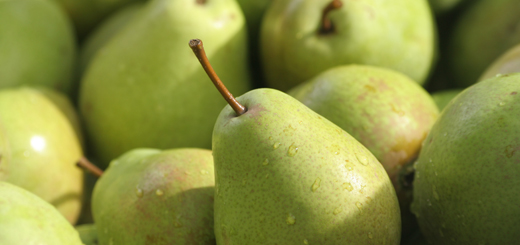In the Store with Sigona’s Featuring: Romano Beans
Italian Flat Green Beans: Part of the Bounty of Summer
Robbie Sigona
Almost any vegetable you can think of, we can grow it here in California – from the cool moist air that benefits strawberries to the drier and warmer interior that citrus trees love. The best part? You get to eat the nation’s fruits and vegetables at their very freshest. When you buy something at Sigona’s that’s marked as locally grown (meaning it comes from within a 150-mile radius), it’s likely it was picked and delivered to our stores in less than 24 hours.
Take our fresh, just-arrived Italian green beans (you might also know them as Romano beans). You’ll know them from their wide, flat shape – distinct from other green beans. They’re meaty, yet tender, and they hold up really well under cooking. This bean has a velvety, cream texture that – when cooked just right, is to die for. Ours come from two great local farmers: Dwelley Farm in Brentwood and Phil Foster’s organics in Hollister. We think both are terrific!
Fresh beans will convert almost anyone to becoming a fan. If you’re used to canned or frozen green beans (and most especially if you do not care for them), we hope you’ll take advantage of the local bean season and give them a whirl. We’re pretty sure you’ll be surprised and thrilled with them – and you’ll never go back to the processed version again.
These beans are so tender, you can eat the entire pod, once you break off the fibrous stem end. Do you know how to check the freshness of a bean on the spot? Try putting a bean in the palm of your hand and snap one end with your thumb. If it bends to more than a 90-degree angle without snapping, it’s past its prime.
Choosing and Using.
Break them in half to make sure they aren’t hollow or dried out inside. (Old beans will tend to dehydrate, especially at both ends.)
They should feel velvety smooth and have a gel-like ‘meat’ to them.
I’m a firm believer in simply blanching veggies before they’re used in dishes, but with these Italian green beans, you’ll want to cook them a bit longer to bring out that velvety, creamy texture you don’t get with other long beans such as Blue Lake.
Enjoy!













1 Response
[…] For more recipes featuring Romano beans, click here. […]